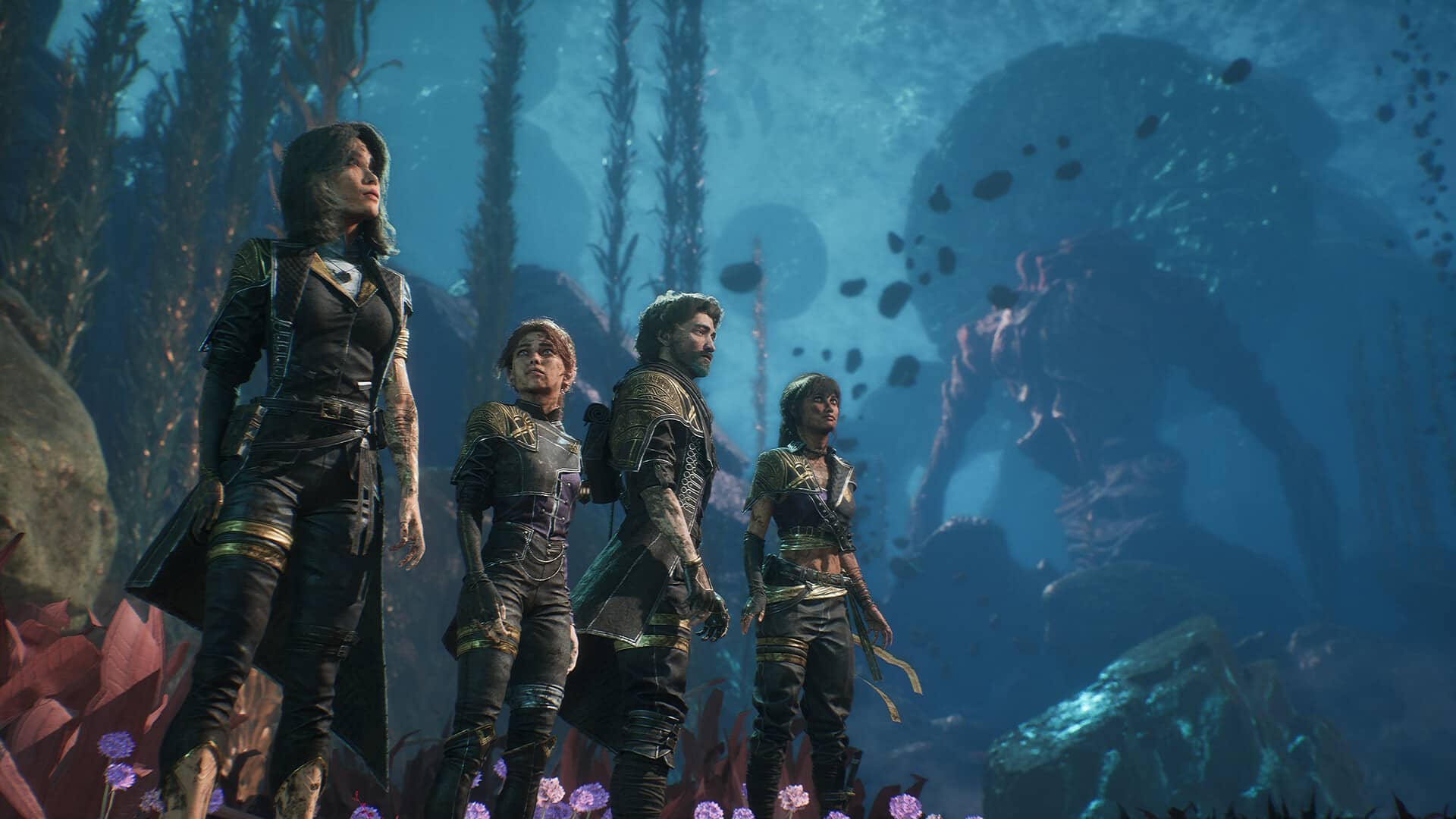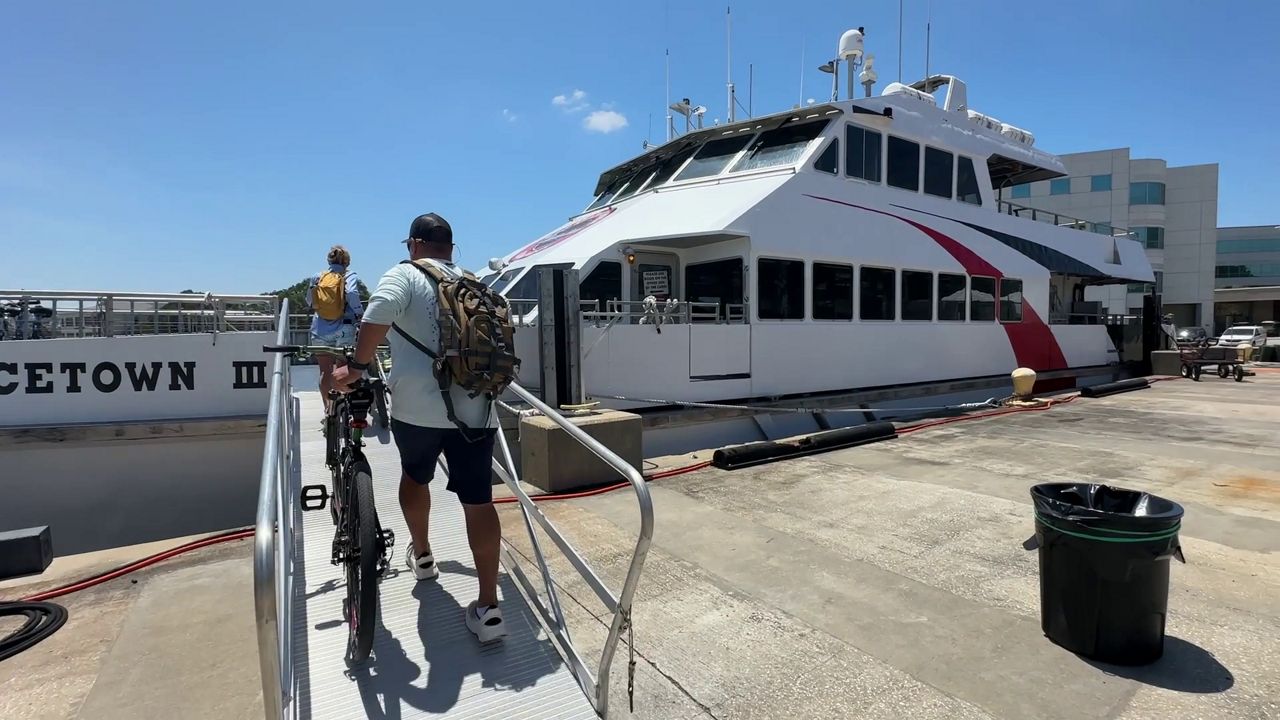Controversy Brews as Australia Euthanizes Koalas by Helicopter Amid Habitat Crisis
BUDJ BIM NATIONAL PARK, Australia – A controversial program in Australia to euthanize injured and starving koalas from helicopters is drawing international scrutiny, raising ethical questions about wildlife management and habitat preservation. The program, initiated after devastating bushfires scorched critical habitat in Budj Bim National Park in the state of Victoria, has sparked outrage from animal welfare advocates, political parties, and the public, with critics decrying its lack of transparency and potential long-term consequences.
The victorian Department of Environment, Energy and Climate Action (DEECA) defends the program as a necessary measure to alleviate the suffering of koalas impacted by the fires. The department maintains that the aerial euthanasia is solely to address welfare concerns, but it’s been accused of being “secretive” about the finer details of the plan. It is believed to be the first time aerial shooting of koalas has been used in Australia. But the approach has ignited a firestorm of criticism, with opponents arguing that the public should have been consulted.
Brad Rowswell, opposition environment spokesperson, has “labelled the program an ‘embarrassment’ that could damage the state’s reputation, especially when it comes to tourism.” Rowswell has called for the government to release more information about the decision-making process that led to it being green-lit, saying “It’s a fair and reasonable request.”
Premier Jacinta Allan defended the program last week, saying the animals were “in a lot of distress”. But her environment minister has remained silent on the issue.
A government spokesperson, responding to questions sent to Environment Minister Steve Dimopoulos, accused the Liberal Party of “politicizing the tragedy.” the spokesperson stated: “Brad Rowswell and the Victorian Liberal Party are more concerned with popularity than the welfare of koalas – this response was informed by vets and wildlife rescuers and scrutinized by wildlife ethics experts which confirm this is the most humane and practical option to prevent suffering of fire impacted koalas.”
Though, critics contend that the euthanasia program is a symptom of a larger systemic problem: the destruction of koala habitat due to logging and deforestation. They argue that the government should focus on protecting existing habitats and preventing future crises rather than resorting to what they view as a drastic and inhumane measure.
The eucalyptus forests of australia, the koala’s primary habitat, are under increasing pressure from agriculture, urban development, and logging. Millions of acres have been cleared in recent decades, fragmenting koala populations and leaving them vulnerable to disease, starvation, and vehicle collisions. The situation is further exacerbated by climate change, which increases the frequency and intensity of bushfires, destroying even more koala habitat.
The plight of the koalas in Budj Bim is eerily reminiscent of challenges faced by wildlife populations in the united States. Consider the case of the Florida panther, an endangered species whose habitat is threatened by sprawling development. Conservation efforts, including land acquisition and habitat restoration, have been crucial to the panther’s survival, but the ongoing conflict between development and conservation underscores the need for proactive land-use planning and habitat protection.
The koalas that survived the bushfires and euthanasia face a bigger problem. for decades, koalas in Budj Bim have long been densely populated, resulting in trees being denuded of their leaves, and ongoing welfare issues including hunger and disease.
Thousands of hectares of private bluegum plantations dominate the region. When the trees are cut down, koalas living in them are forced to flee into areas like Budj Bim, creating population densities so high their welfare is compromised. This has resulted in decades of population management programs, including fertility control and euthanasia. Other animals die while crossing busy roads, or entering paddocks with livestock and dogs.
DEECA has indicated its current aerial euthanasia program does not involve culling and is focused solely on animal welfare. it has undertaken euthanasia programs nearby at the Grampians in response to a bushfire, but this has not involved helicopters, and the scale was much smaller as there are fewer koalas there.
Its not the first time DEECA has sparked controversy over its management of koalas. In 2015, it was revealed the agency had culled over 600 animals in 2013 and 2014 across the state’s Otway region.
Government Pledges $1 Million Investment
despite the controversy, the Victorian government has pledged $1 million to create new koala habitat in the southwest region but specific details of the plan are yet to be released.
According to the government, “Recent bushfires caused significant damage to koala habitat at Budj Bim national Park, that’s why [we’re] investing $1 million to create additional habitat near the park to help improve food availability for the koalas. We have an ongoing issue with large koala populations in the southwest, but we’re making sure these koalas have the best chance at life through regular health checks and fertility control programs – we will also take this emergency response into account in future management decision of this koala population.”
Ellen Sandell, the Greens leader, has criticized the government’s “failure” to ensure koalas have adequate habitat and has called for an investigation into the situation at Budj Bim. “It’s devastating to see hundreds of koalas starving due to bushfires, and then being euthanized like this. This underscores the State Labor Government’s total failure to protect habitat for koalas and other wildlife, which are pushed into smaller and smaller habitat areas which are then so vulnerable when a bushfire comes through,” she said.
Sandell added,“For years,Labor has allowed native forest logging,deforestation and supported burning fossil fuels that fuel bushfires… This tragedy is a wake-up call. We need Labor to actually take wildlife and habitat protection seriously, or these awful tragedies will keep continuing.”
Close to 10,000 people took to Change.org to urge the government to be more clear about the program. and a second petition, sponsored by the Animal Justice Party’s Georgie Purcell, calls for an inquiry into both “culling” and broader koala management practices.
Jess Robertson, who heads up the grassroots Koala Alliance, find[s] it incredibly troubling that they’re continuing with a cull that’s inhumane. They need to immediately stop until the community is given more transparency on why these decisions are being made, including evidence that there’s a lack of vegetation,” she said.
This week, Robertson has been documenting the scale of blue gum harvesting on land around the national park and she’s urged the government to halt the future removal of trees while the food shortage inside the national park continues.She doesn’t believe the government’s $1 million investment in land will be enough to fix the issue long-term.
Deakin University koala expert Associate Professor Desley Whisson was involved in creating Victoria’s Koala Management Strategy, which was released last year to conserve and manage the animals across the state. She is a vocal critic of the government’s handling of koalas in the southwest in general.
“The blue gum plantation companies have a lot to answer for, so does DEECA, because they’ve done little to address the issues,” she said.”Every time an animal dies in Budj Bim there are 10 more to take its place because they are coming in from the plantations. So we need to shine the light on that.”
But when it comes to aerial “culling” at Budj Bim following the bushfire, discussions with those involved have led her to form the opinion that it’s the correct and appropriate response. “What do you do in an emergency situation? You have to ease the suffering of animals,” she said. “You can’t afford to plant new trees and wait for them to grow.”
Now she fears the public “backlash” against the euthanasia response could prevent similar “humane” responses from occurring again, and she’s taken to social media to share her concerns.
“When the next fire comes,and it will,they may choose inaction,fearing public outrage more than animal suffering,” she wrote in a viral post. “If we truly want to protect our koalas, we must be willing to face uncomfortable truths and advocate for decisions grounded in animal welfare, not sentiment or headlines.”







